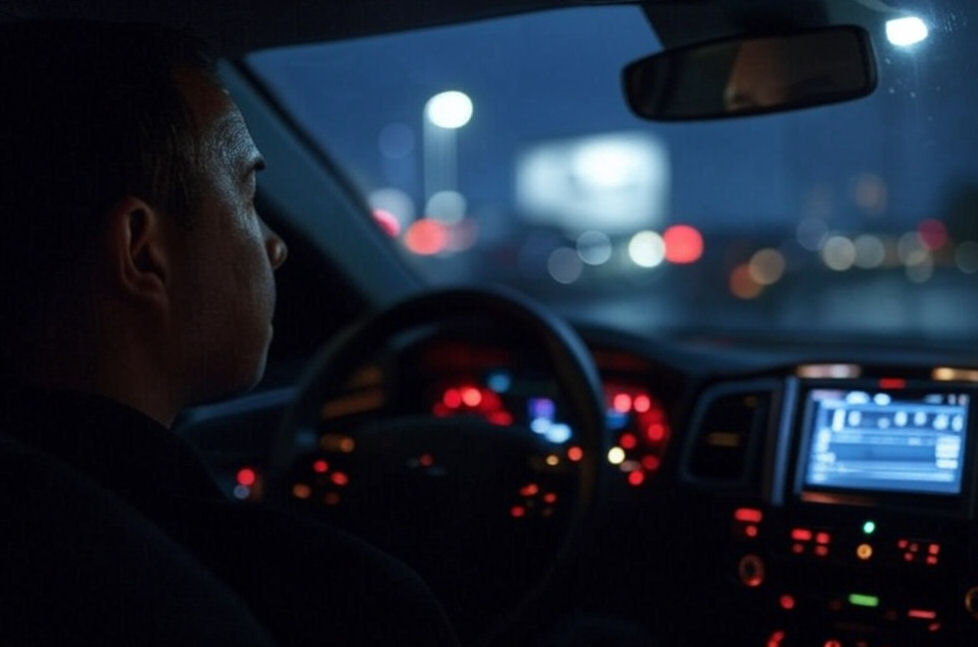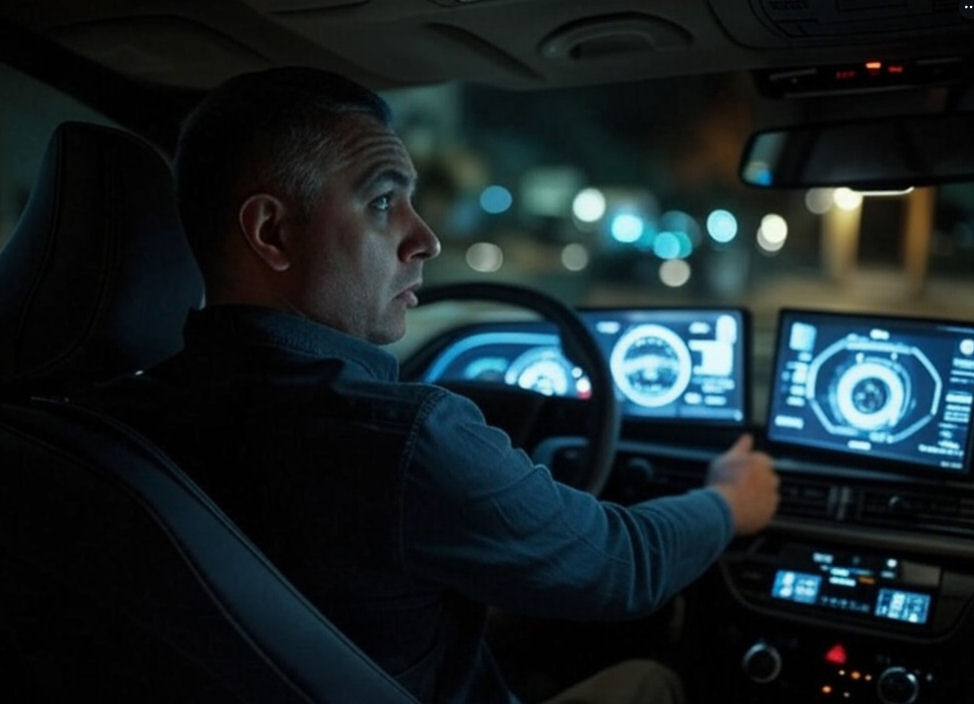Have you ever sat behind the wheel and felt as though your car is watching your every move? I know I have—and not in a reassuring, high-tech guardian angel sort of way. Instead, the latest safety features in our modern vehicles seem to have taken a turn for the worse, morphing into intrusive systems that monitor, intervene, and, quite frankly, overstep the bounds of common sense. Today, I’m diving deep into the wild world of car safety tech, and let me tell you, what I uncovered is nothing short of alarming.

The Safety Tech Revolution: A Double-Edged Sword
I recently stumbled upon a fascinating piece by The Telegraph that scrutinised the latest generation of car safety features. On the surface, these advancements promise to keep us safe on the roads by reacting faster than any human ever could. But here’s where it gets troubling: instead of being our saviours, these systems sometimes feel like a high-tech nanny that’s constantly meddling in our driving. Imagine your car deciding when to brake, steer, or even alert you to a danger that might not even exist. In my opinion, this is nothing short of a technological overreach.
It’s a strange paradox, technology designed to protect us can also undermine our sense of control. When did our trusted vehicles start acting like they’re in a constant state of surveillance, ready to pounce on even the slightest mistake? What used to be a symbol of freedom and autonomy is now edging towards being a digital prison on wheels.
When Protection Turns into Intrusion
Let’s break it down. Modern cars are loaded with sensors and algorithms that are meant to predict and prevent accidents. Sounds brilliant, right? But what happens when these systems get it wrong? Picture this: you’re enjoying a peaceful drive when suddenly your car’s safety system misinterprets a harmless scenario, a bird fluttering across the road, a shadow at the periphery—and slams on the brakes. The result? A heart-stopping moment that leaves you questioning whether you’re driving or just a passenger in your own car.
The irony is palpable. The very features engineered to enhance our safety might actually be compromising it by creating confusion and unnecessary interventions. It’s like having an overprotective friend who insists on correcting every little move you make, even when you’re perfectly capable of navigating on your own. And let’s be honest, most of us didn’t sign up for a car that plays the role of a micromanaging babysitter.
My Unfiltered Opinion: Enough is Enough!
In my honest opinion, this trend is both infuriating and dangerous. We live in an era where technology is supposed to empower us, not dictate our every move. When your car starts making decisions on your behalf, decisions that could have catastrophic consequences, it’s high time we reassess what we’re sacrificing in the name of safety. The promise of a safer driving experience is being overshadowed by a creeping sense of vulnerability and loss of control.
What’s even more unsettling is the lack of transparency from car manufacturers. They boast about these cutting-edge safety features in gleaming advertisements and glossy brochures, yet there’s little public discussion about the potential pitfalls. As drivers, we deserve to know the full story. Are these systems truly reliable, or are they a case of “too much, too soon”? It seems to me that the rush to innovate is outpacing the necessary safety checks, leaving us at risk of becoming collateral damage in a tech experiment gone awry.
The Harsh Reality of Overzealous Automation
Let’s consider the broader implications. In our quest for smarter, safer cars, we might inadvertently be inviting a loss of human intuition and control. Traditional driving skills, honed over decades, are being side-lined in favour of algorithms that can misfire at any moment. It’s as if we’re willingly trading our hard-earned driving expertise for a digital babysitter that doesn’t always get it right. The outcome? Increased frustration, unexpected disruptions, and a growing sense of helplessness among drivers.
And while some may argue that these systems are still in their infancy and bound to improve, the current state of affairs is enough to make any sensible driver uneasy. After all, when your car’s system begins to question your every move, it’s not just annoying, it’s downright dangerous. How can we trust a machine that’s prone to errors, even if they’re well-intentioned? It’s high time we demand a better balance between technology and driver autonomy.
A Call for Balance: Human Judgment vs. Machine Intervention
I firmly believe that while innovation in automotive safety is essential, it should never come at the cost of our freedom behind the wheel. There must be a harmonious balance where technology aids but does not override the driver. Manufacturers need to invest in more nuanced systems that can distinguish between genuine hazards and false alarms, ensuring that drivers remain in control. Until such advancements are made, I remain sceptical about the true benefits of these intrusive features.
The solution isn’t to reject technology altogether but to refine it so that it serves as a helpful assistant rather than a domineering overseer. We need systems that collaborate with human intuition—not replace it. In the end, driving is an art as much as it is a science, and the irreplaceable human element should never be side-lined by an overzealous algorithm.
In Conclusion: The Road Ahead
This isn’t just another rant about modern technology, it’s a wake-up call. The evolution of car safety features should empower us, not enslave us to a system that makes us second-guess every move. As drivers and car enthusiasts, we must insist on a future where innovation is tempered by respect for human autonomy. Until then, every drive feels like a gamble between potential safety and the risk of intrusive, life-altering interventions.

